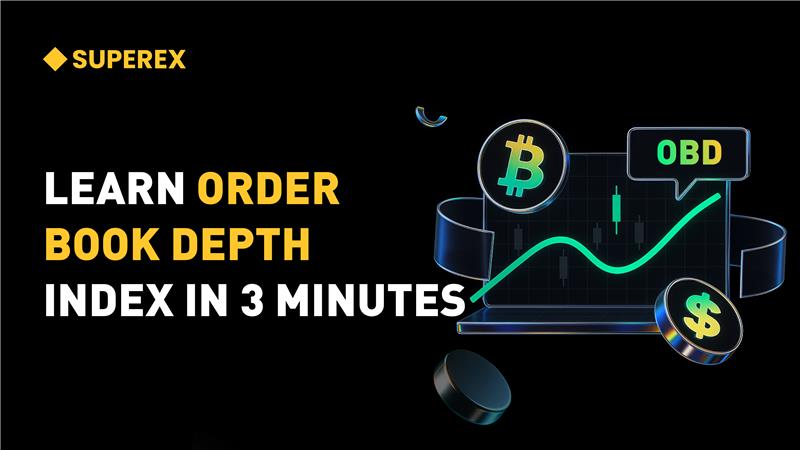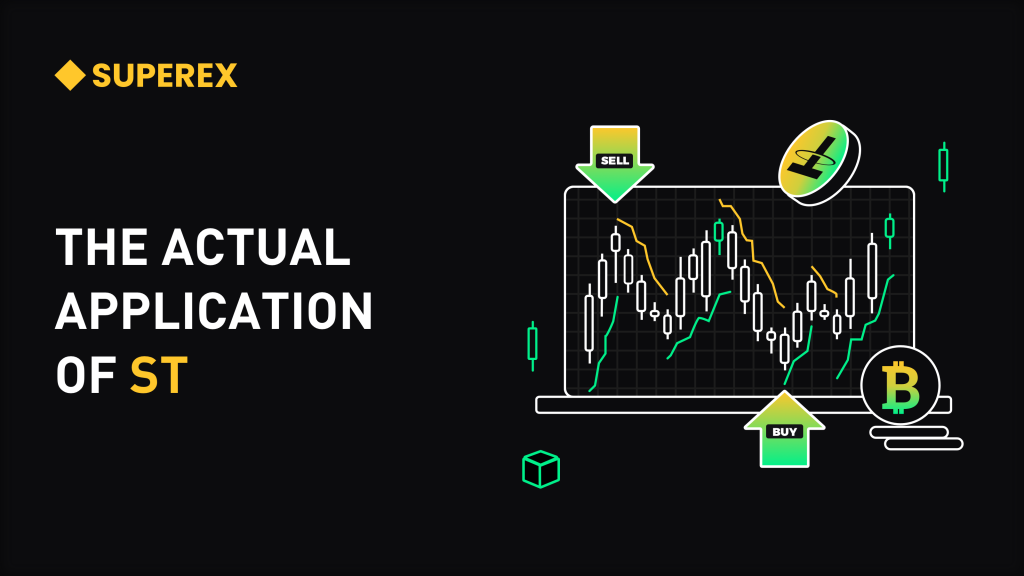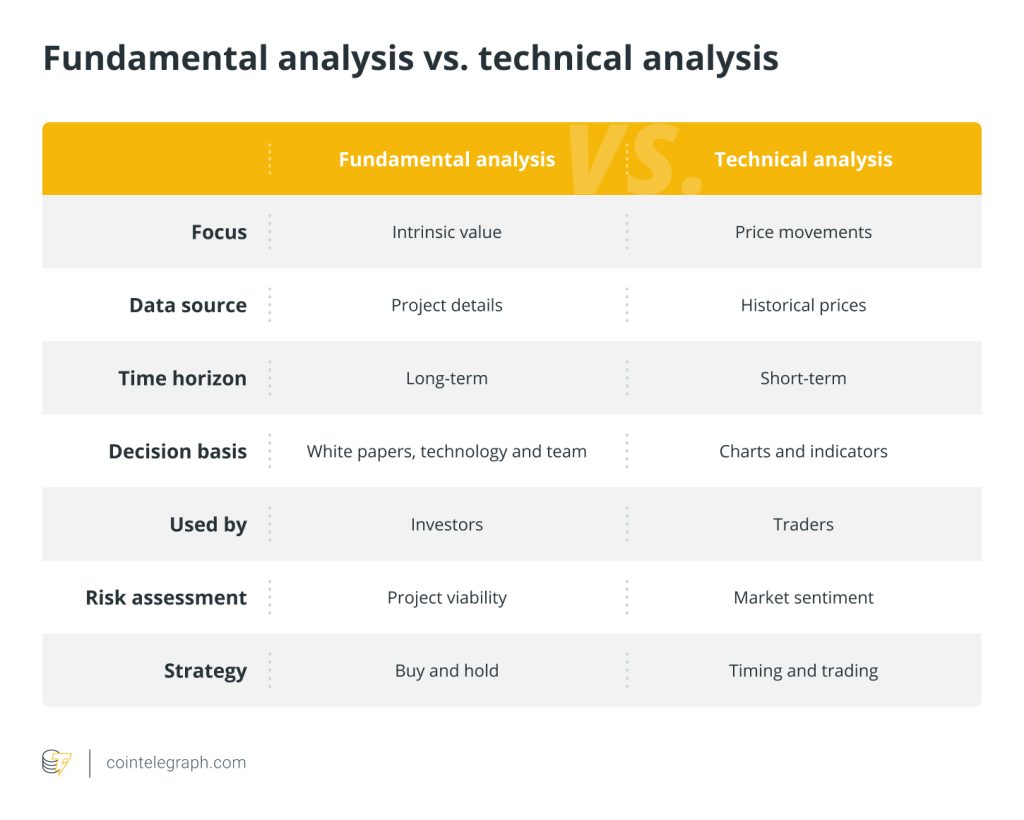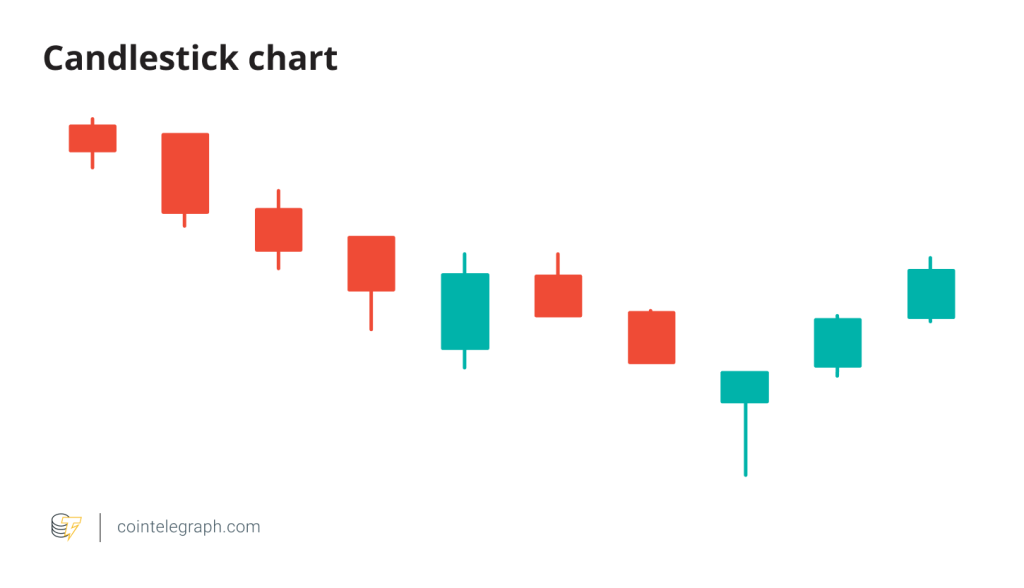SuperEx丨Outlook for the Cryptocurrency Market in December

#SuperEx #Crypto #December
“Outlook of the Cryptocurrency Market in December: In-depth Analysis and Trend Insights of Sectors” With the arrival of December, the cryptocurrency market has entered a crucial period of the year. In the past period, the cryptocurrency market has experienced numerous fluctuations and changes, and the current development trends of each sector are profoundly influencing the overall market pattern and direction.
- Click to register SuperEx
- Click to download the SuperEx APP
- Click to enter SuperEx CMC
- Click to enter SuperEx DAO Academy — Space

I. Bitcoin (BTC) Sector
Bitcoin, as the bellwether of the cryptocurrency market, has always attracted significant attention in terms of its price movements. Recently, the price of Bitcoin has fluctuated frequently and has broken through important thresholds. According to a report by Cailian Press on December 5th, as the price of Bitcoin surpassed $100,000 for the first time in history, the scale of the cryptocurrency market has also been expanding continuously.
Currently, the global cryptocurrency market capitalization is $3.83 trillion, with Bitcoin accounting for 52.7%. Looking at historical data, Bitcoin often experiences varying degrees of price fluctuations in December each year. For example, in three out of the past five years, the price of Bitcoin has seen an increase of at least 20% in December. The main reasons lie in the year-end reallocation of funds and investors’ emphasis on its function as “digital gold” for hedging and value preservation in asset allocation.
From the perspective of on-chain data, the average daily number of active addresses of Bitcoin has recently reached 900,000, an increase of 15% compared to the previous month. This indicates that despite price fluctuations, market participation is still gradually increasing. At the same time, the hash rate of Bitcoin has reached a new historical high of 200 EH/s, which means that the security and stability of the Bitcoin network have been further enhanced, providing strong support for its long-term value. However, Bitcoin also faces some challenges. Uncertainties in the regulatory aspect still exist, and the regulatory attitudes of some countries remain unclear, which may limit its large-scale institutionalization process to a certain extent.
II. Ethereum (ETH) Sector
Ethereum occupies an indisputable leading position in the fields of smart contracts and decentralized applications (DApps). Its ecosystem is constantly expanding. Currently, the number of DApps based on Ethereum has exceeded 3,000, covering popular areas such as decentralized finance (DeFi), non-fungible tokens (NFTs), and gaming. In the DeFi sector, the total value locked (TVL) on Ethereum is approximately $120 billion, accounting for 60% of the entire DeFi market TVL. For example, a well-known DeFi protocol like Uniswap has a 24-hour trading volume of up to $3 billion, bringing huge liquidity to the Ethereum network.
In terms of technological development, Ethereum is gradually transitioning to Ethereum 2.0. Although this process faces some technical difficulties and time delays, once successfully implemented, it will greatly improve the scalability and performance of Ethereum. According to the Ethereum development team, the testnet of Ethereum 2.0 has achieved phased results, and the beacon chain is running stably, with more than 250,000 validator nodes participating.
However, Ethereum also faces competition from other smart contract platforms. According to the report byCailian Press on December 5th, currently, the global cryptocurrency market capitalization is $3.83 trillion, with Ethereum accounting for 12.1%. For example, some emerging public chains such as Binance Smart Chain (BSC) and Solana have attracted some users and projects that originally belonged to Ethereum with their low transaction fees and high transaction processing speeds.
III. Decentralized Finance (DeFi) Sector
DeFi is undoubtedly one of the most innovative and promising sectors in the cryptocurrency market in recent years. The total value locked in the entire DeFi market has exceeded $200 billion, which is several times that of the same period last year. Among them, lending protocols are an important part of DeFi. Compound, as one of the leading lending protocols, has a lending volume of up to $8 billion, and the borrowing interest rate fluctuates between 3% and 10% depending on different cryptocurrency assets.
Yield aggregators such as Yearn Finance have also received much attention. It automatically searches for the best yield strategy for users through smart contracts. Currently, the asset size under management is approximately $6 billion, and the annualized yield ranges from 10% to 30% under different strategies. However, the DeFi sector also has many risks. The security of smart contracts has always been a hidden danger. In the past, there have been many incidents of fund theft due to smart contract vulnerabilities, causing huge losses to investors. In addition, the high leverage ratio in the DeFi market may also trigger systemic risks. Once the market experiences significant fluctuations, it may lead to a large number of liquidation events, thereby affecting the stability of the entire DeFi ecosystem.
IV. Non-fungible Tokens (NFT) Sector
The NFT market has entered a period of adjustment and consolidation after experiencing explosive growth in 2021. OpenSea, as the largest NFT trading platform, had a monthly trading volume that exceeded $3 billion at its peak, while the recent monthly trading volume has stabilized at around $500 million. The application scenarios of NFTs are constantly expanding. Besides the fields of art and collectibles, they are gradually penetrating into areas such as gaming, music, and sports.
For example, in the gaming field, some games have begun to use NFTs as in-game assets. Players can improve their gaming experience and obtain earnings by purchasing, trading, and upgrading NFTs. However, the NFT market also faces some problems. Firstly, the market liquidity is relatively poor. The trading activity of most NFTs is low, and only a few popular NFT projects can maintain a relatively high trading volume. Secondly, the copyright and authenticity issues of NFTs need to be further standardized. There are some counterfeit and inferior NFT products in the market, which damage the interests of investors.
V. Emerging Public Chains Sector
Emerging public chains such as Solana and Avalanche have shown strong development momentum recently. Solana attracts a large number of developers and projects with its high transaction processing speed (up to 65,000 transactions per second) and low transaction fees (the average transaction fee is approximately $0.00025). Currently, the number of projects based on Solana has exceeded 400, covering multiple fields such as DeFi, NFTs, and gaming. For example, the Serum decentralized exchange on Solana has a daily trading volume of up to $150 million, occupying a certain position in the decentralized exchange market.
Avalanche is renowned for its unique subnet technology and high scalability. It can support different blockchain applications to run independently in its ecosystem and at the same time enable mutual interaction and communication. According to statistics, the number of active addresses on the Avalanche network has increased by 80% in the past three months, indicating the continuous expansion of its user base. However, emerging public chains also face challenges. They need to continuously improve in aspects such as technical stability, ecosystem construction, and community governance to compete with established public chains such as Ethereum in the long term.
VI. Cross-chain Technology Sector
Cross-chain technology is of crucial importance for the interconnection of the cryptocurrency market. Currently, major cross-chain projects such as Polkadot and Cosmos are actively promoting their ecosystem construction. Polkadot aims to achieve seamless connection between different blockchains with its unique relay chain and parachain architecture. Currently, Polkadot has multiple parachain projects under development or already launched, and the total value locked in its ecosystem is approximately $1.5 billion.
Cosmos realizes the interaction and asset transfer between different blockchains through its IBC (Inter — Blockchain Communication) protocol. Some hubs and regional chains in the Cosmos ecosystem have begun to generate synergy effects.
For example, through cross-chain transactions, users can freely transfer assets between different Cosmos chains. However, cross-chain technology is still in the early stage of development, and aspects such as the security, efficiency, and compatibility of cross-chain transactions need to be further optimized and improved.
In conclusion, in December, the various sectors of the cryptocurrency market present diverse development trends. Bitcoin and Ethereum remain the core pillars of the market but face their respective challenges and competitions. The DeFi and NFT sectors are constantly exploring in the path of innovation while striving to address the risks and problems in the development process. Emerging public chains and cross-chain technology bring new vitality and opportunities to the market. Investors need to deeply understand the characteristics, trends, and risks of each sector when paying attention to the cryptocurrency market in order to make more informed investment decisions. In the future development, with the continuous progress of technology, the gradual improvement of regulations, and the continuous change of market demands, the various sectors of the cryptocurrency market are expected to continue to evolve and integrate, creating more value and possibilities.







Responses